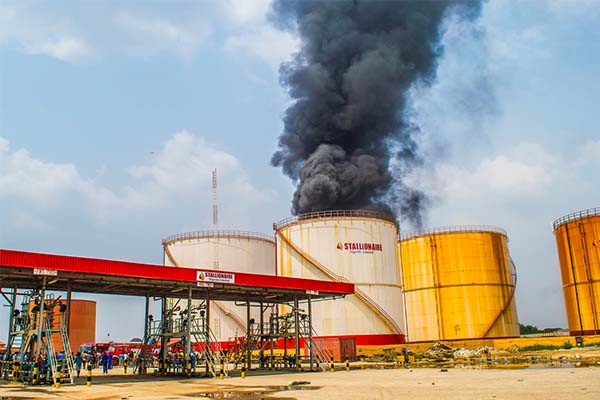Global oil prices held firm on Friday, poised to notch a second straight week of gains, supported by easing tensions between the United States and China. However, concerns over a potential increase in Iranian crude supply continued to weigh on market sentiment, limiting the upward momentum.
By 03:26 GMT, Brent crude futures had edged down just 1 cent to $64.52 per barrel, while U.S. West Texas Intermediate (WTI) crude saw a modest increase of 2 cents to $61.64 per barrel.
Both benchmark contracts had suffered declines of more than 2% in the previous trading session, triggered by renewed expectations that the United States and Iran could soon reach a nuclear agreement—potentially lifting sanctions and bringing more Iranian oil to market.
President Donald Trump fueled the speculation, stating that Washington was nearing a deal with Tehran, which he claimed had “sort of” accepted the terms. However, according to sources familiar with the negotiations, several sticking points remain unresolved, and a final agreement is not yet in place.
Analysts Weigh In on Iran’s Potential Return to the Market
Analysts at ING noted in a research briefing that a nuclear deal could significantly reduce geopolitical supply risks, clearing the way for Iran to ramp up oil production and expand its customer base.
“A full return of Iranian oil could add around 400,000 barrels per day (bpd) to global supply,” the analysts wrote, suggesting the development could act as a medium-term dampener on prices.
Despite Headwinds, Weekly Gains Hold
Despite the uncertainty surrounding the Iran talks, oil prices have managed to maintain gains this week. Both Brent and WTI are up about 1% since Monday, buoyed by earlier optimism stemming from improved trade relations between the world’s two largest economies, the U.S. and China.
Traders continue to monitor geopolitical developments, OPEC+ production strategies, and global demand trends as key drivers of market direction.
As negotiations continue and market signals remain mixed, volatility is expected to persist, with attention shifting to upcoming data on inventory levels, economic indicators, and further updates on the Iran nuclear discussions.

















